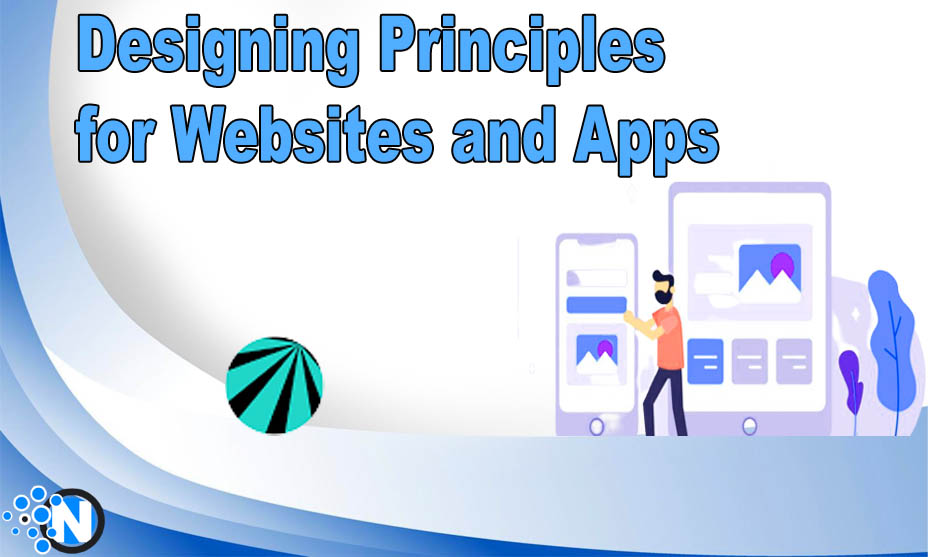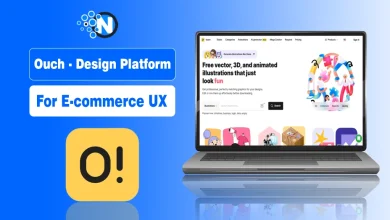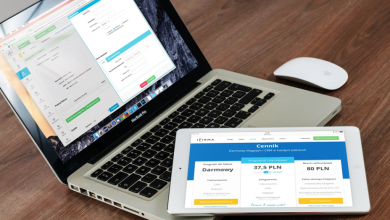Top Designing Principles for Websites and Apps
Designing principles are essential for websites and mobile applications to be successful and user-friendly. They offer recommendations and best practices for creating user interfaces that are aesthetically pleasing, simple to use, and interesting. The top design principles for websites and mobile applications are examined in this article, which also provides designers and developers with insights and useful advice. These guidelines form the basis for developing excellent digital experiences, from clarity and consistency to responsiveness and accessibility. Businesses may improve customer happiness, generate conversions, and build a solid online presence by comprehending and implementing these ideas.
Importance of Designing Principles for Web and Apps
Designing principles are paramount when fashioning compelling and triumphant web and app experiences. They assume a pivotal role by furnishing a well-structured framework and comprehensive guidelines that designers diligently adhere to, guaranteeing unwavering consistency, impeccable usability, and, ultimately, the profound contentment of users.
Designing Principles for Web and Apps
Many designers have established their principles for the sake of effective designing in their projects, Hence, some general principles are noteworthy for every designer. Some of these are discussed below in detail.
Accessibility and Inclusive Design
Making websites and applications accessible guarantees that users with impairments can use them. Adhering to accessibility standards, such as supplying keyboard navigation choices, providing alternate text for pictures, and maintaining color contrast, improves inclusiveness, and a wider range of people may enjoy digital activities. This is usually done by implementing advanced tools like Userway. This comprehensive tool enhances website accessibility and improves user experience for individuals with disabilities, you can check out this Userway widget review and learn about it more.
- Make material accessible to individuals who are blind or visually impaired, and give images alternate text.
- Make sure the color contrast is appropriate to assist people with visual impairments.
- Add keyboard shortcuts to the website or app to make it easier for people who cannot use a mouse to browse.
Content-Centric Approach
Since content is the main reason customers visit websites and applications, design should put content first. Using a content-centric strategy, you may engage consumers and provide value by using clear and succinct language, thoughtful positioning of content items, and a powerful narrative.
- Prioritise brief and clear communication, ensuring the information is useful and simple to grasp.
- Place content pieces wisely to create a fascinating and interesting narrative experience, such as headlines, subheadings, and graphics.
Simplicity in Design
A key design idea, simplicity, focuses on making clear and uncomplicated interfaces. Designers may improve user attention and simplify the user experience by eliminating extraneous components and visual clutter. Adopting a minimalist aesthetic, properly using white space, and streamlining navigation may enhance a design’s aesthetic appeal and usability.
- Consider the following while designing with simplicity:
- Reduce visual clutter by deleting extraneous components.
- Effectively utilize whitespace to provide breathing room and draw attention to key information.
- Reduce cognitive burden and improve usability by streamlining user flows and navigation.
Responsive and Mobile-Friendly Design
Responsive design is crucial for enabling optimum experiences across different screen sizes as mobile device usage grows. Designers may develop websites and applications that adapt to various devices and offer a consistent and user-friendly experience by utilizing flexible layouts, fluid grids, and scalable pictures. To achieve this, you need to do these two things most importantly
- Implement a fluid and adaptable layout to ensure information and design components are shown off to their best advantage.
- Utilize lazy loading and file compression methods to make photos and other media load on mobile devices faster.
Consistency and Visual

Design components like typeface, colors, and layouts should be applied consistently throughout the website or app. Users are guided through the material by a visual hierarchy, which highlights key components and establishes a logical flow. Designers may increase the knowledge and engagement of users by keeping a consistent and aesthetically attractive hierarchy.
Design System
Designers should establish a comprehensive design system specifying rules for typography, color schemes, buttons, icons, and other visual components. A unified and recognizable visual identity is produced by applying these components consistently across all pages and displays.
Read More:
- 10 Common Website Design Mistakes and How to Avoid Them
- Critical Soft Skills to Succeed as a UX Designer
- Essential UI Design Tips for a Smooth Development Process
Grid Based Layout
Implement a grid-based layout system to ensure that items are consistently positioned and aligned. Grids offer a well-structured framework that facilitates content organization and preserves a good visual hierarchy.
Emphasis on Key items
Size, color, and font are visual hierarchy tactics that are crucial to drawing users’ attention. You should prioritize important information, call-to-action buttons, and headlines using these approaches to ensure they stand out and are simple to recognize.
Clear Navigation and Information Architecture
Users must be able to navigate and clearly to effortlessly explore and locate information. The hierarchy of the information is crystal clear and allows users to find the content they seek effortlessly. To develop seamless navigation experiences, designers should emphasize simplicity, use well-known patterns, and give explicit labeling.
Effective Use of Colors, Typography, and Imagery
Setting the mood, creating brand identification, and communicating information depends heavily on color, typography, and images. Designers should consider color psychology, pick typefaces that make the text easier to read, and incorporate pertinent imagery that appeals to the intended audience.
User-Focused and Intuitive Interface
The design prioritizes user demands and preferences with an intuitive and user-focused approach. Designers should build interfaces that are simple to use, reduce cognitive burdens, and offer a great user experience by doing user research, comprehending user journeys, and using user-centered design strategies.
Fast Loading Speed and Performance Optimization
For user retention and happiness, loading speed optimization is essential. In reducing server queries, using caching strategies, and optimizing file sizes, designers should put performance first. Faster load times improve user experience and substantially influence conversion rates.
Usability Testing and Continuous Improvement
Designers must conduct usability testing to gain valuable insights and identify areas that require improvement. Usability testing, user behavior analysis, and iterative design based on user input allow designers to better their work, enhance user experiences, and promote ongoing progress.
Conclusion
Following these top design principles may significantly improve the efficiency and usability of websites and mobile applications. Designers may build compelling and user-friendly digital experiences that have a long-lasting positive effect on users by emphasizing simplicity, consistency, straightforward navigation, responsiveness, and other fundamental concepts. These principles guarantee that websites and mobile applications match user expectations, encourage conversions, and eventually succeed in the digital ecosystem. You should continuously conduct usability testing and gradually improve the overall experience.





